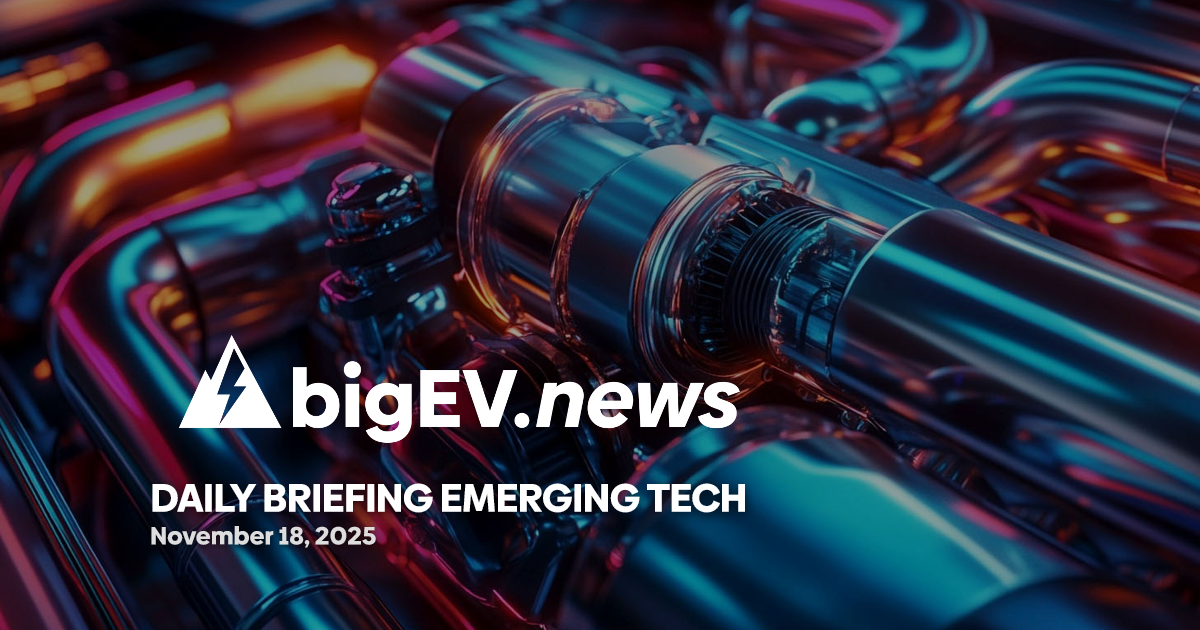National Grid's pioneering use of automated drones for inspecting U.K. grid infrastructure beyond the visual line of sight marks a significant advancement in utility management. This innovation addresses critical challenges in grid maintenance, particularly in remote or hazardous locations where traditional inspection methods are inefficient or unsafe. By leveraging drone technology, National Grid not only enhances operational efficiency but also mitigates risks associated with manual inspections. The ability to conduct thorough inspections without the need for direct human oversight represents a transformative shift in how utility companies can ensure the reliability and safety of their infrastructure.
The implications of this development extend beyond mere operational improvements; they signal a broader trend towards automation in the energy sector. By integrating advanced drone technology into routine inspections, utilities can achieve higher accuracy, reduce downtime, and lower costs associated with maintenance. This approach not only streamlines workflows but also sets a precedent for other sectors to adopt similar technologies, potentially revolutionizing infrastructure management across various industries. As the adoption of such innovations grows, the potential for enhanced grid resilience and sustainability becomes increasingly attainable.








